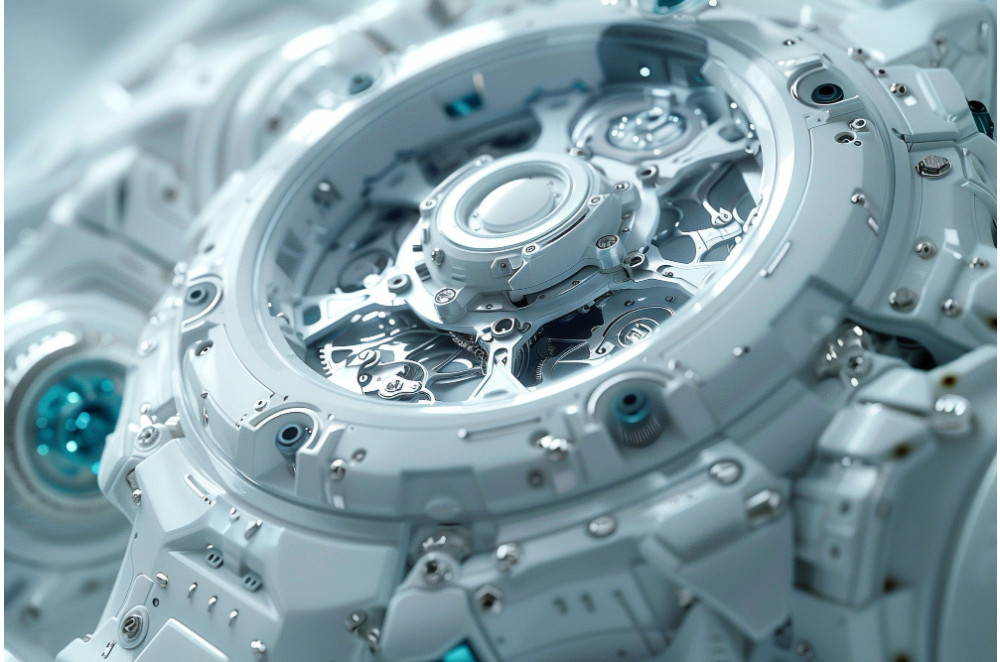July 2024 Manufacturing Trends in the United States
The U.S. manufacturing sector in July 2024 has been shaped by a mix of technological advancements, economic shifts, and ongoing challenges. In the article you'll find the key trends that defined the landscape.
The U.S. manufacturing sector in July 2024 has been shaped by a mix of technological advancements, economic shifts, and ongoing challenges. Here are the key trends that defined the landscape:
1. Resilience Amidst Economic Headwinds
Despite facing economic uncertainty and challenges like high-interest rates and labor market cooling, U.S. manufacturing continues to demonstrate resilience. Consumer spending and industrial production have exceeded expectations, contributing to a positive outlook in the latter half of the year. This resilience is supported by significant investments in manufacturing construction, particularly in the southern United States, where a surge in new facilities is driving growth(
).
2. Digital Transformation and Industry 4.0
Manufacturers are increasingly embracing digital transformation as part of their strategy to stay competitive. The integration of AI, generative AI, IoT, and smart manufacturing technologies is at the forefront of this shift. These technologies are being leveraged for predictive maintenance, quality control, and more accurate scenario planning, all of which contribute to more efficient and resilient operations. As factories become more connected and data-driven, the importance of digital maturity and the adoption of cloud-based solutions continues to grow.
3. Sustainability and Supply Chain Modernization
Sustainability remains a critical focus, with manufacturers investing in eco-friendly initiatives and greener processes. Additionally, supply chains are evolving to become more autonomous and networked, driven by the need for resilience in the face of geopolitical instability and market volatility. The adoption of digital twins and circular supply chain operations is helping manufacturers improve time to market and reduce environmental impact.
4. Workforce Challenges and Skills Gap
The skills gap in manufacturing remains a significant concern, with projections indicating millions of unfilled jobs by 2030. To address this, companies are investing in role-based upskilling programs, automation, and robotics to attract younger generations and enhance workforce capabilities. Collaboration with educational institutions is also critical in bridging this gap (Genpact).
5. Increased Capital Investments
July 2024 saw a continuation of strong capital investments in U.S. manufacturing, with numerous new facilities being announced across the country. Companies like Belmark Inc., TSM Metal Works, and BeiGene are making substantial investments in new manufacturing plants, which are expected to create hundreds of jobs and expand production capacities. These investments reflect confidence in the long-term growth prospects of the U.S. manufacturing sector (IndustrySelect).
Conclusion
July 2024 highlighted the U.S. manufacturing sector's adaptability and commitment to innovation. Despite economic challenges, manufacturers are doubling down on digital transformation, sustainability, and workforce development to secure a competitive edge. As these trends continue to unfold, the sector is poised to navigate the complexities of the modern industrial landscape successfully.
Interested in digital transformation? Let's discuss!
